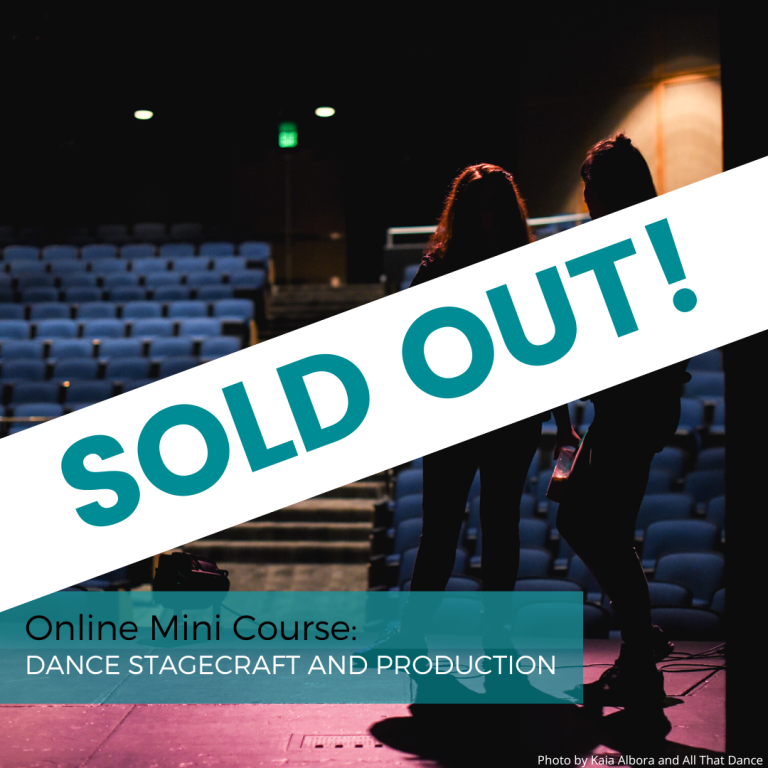How To Introduce Yourself In A Speech?
Have you ever found yourself in a situation where you had to introduce yourself in front of a group of people, and suddenly, words failed you? Whether it’s a professional setting, a public speaking engagement, or even a social gathering, knowing how to introduce yourself effectively is a skill that can make a lasting impression. In this guide, we will explore the art of introducing yourself in a speech, providing you with practical tips and techniques to captivate your audience from the very beginning.
Introducing yourself in a speech is more than just stating your name and credentials. It is an opportunity to grab your audience’s attention, establish rapport, and set the tone for the rest of your presentation. A well-crafted introduction can make your speech memorable, build credibility, and create a connection with your listeners. So, whether you’re an aspiring public speaker or looking to improve your communication skills, join us as we delve into the intricacies of introducing yourself in a speech, and discover how to make a powerful first impression that leaves a lasting impact.
How to Introduce Yourself in a Speech
When giving a speech, it’s important to make a strong first impression. Here’s a step-by-step guide on how to introduce yourself:
- Start with a warm greeting and thank the audience for being there.
- Introduce yourself by stating your name and any relevant credentials or experiences.
- Provide a brief overview of the purpose or topic of your speech.
- Share a personal anecdote or interesting fact to engage the audience.
- Conclude the introduction by expressing your enthusiasm for speaking and the opportunity to address the audience.

How to Introduce Yourself in a Speech?
Welcome to this informative guide on how to effectively introduce yourself in a speech. Whether you’re giving a presentation, delivering a keynote address, or simply introducing yourself in a professional setting, a well-crafted introduction can set the tone for a successful speech. In this article, we will provide you with step-by-step details on how to introduce yourself confidently and captivate your audience.
Step 1: Grab the Attention of Your Audience
The first step in introducing yourself in a speech is to grab the attention of your audience. You can achieve this by starting with a compelling quote, an interesting fact, or a thought-provoking question related to the topic of your speech. This initial hook will create curiosity and make your audience want to listen further.
After grabbing their attention, briefly introduce yourself by stating your name and providing a brief background related to your expertise or experience. Keep it concise and relevant, focusing on the aspects that are most important for the speech at hand. Remember, the goal here is to establish credibility and build a connection with your audience.
Step 2: Highlight the Relevance of Your Speech
Once you have introduced yourself, it’s essential to highlight the relevance of your speech to the audience. Explain why the topic you’re about to discuss is important and how it relates to their interests or needs. This will help your audience understand the value they will gain from listening to your speech and keep them engaged throughout.
Additionally, you can share a personal story or anecdote that relates to the topic, demonstrating your own connection and passion for what you’re about to discuss. This humanizes your speech and makes it more relatable to your audience, fostering a sense of trust and empathy.
Step 3: Provide a Brief Overview of Your Speech
After establishing the relevance of your speech, provide a brief overview of what you will be covering. This serves as a roadmap for your audience, giving them a preview of the main points or sections you will be addressing. By doing so, you set clear expectations and help your audience follow along more easily.
However, be careful not to go into too much detail at this stage. Keep it concise and focus on the main highlights of your speech. This will maintain the element of surprise and anticipation, keeping your audience engaged and eager to hear more.
Step 4: End with a Strong Transition
As you conclude your introduction, it’s crucial to end with a strong transition into the main body of your speech. This can be a smooth segue that leads into the first point you will be discussing or a compelling statement that leaves your audience wanting more.
Remember to maintain a confident and professional tone throughout your introduction. Practice your speech beforehand to ensure a smooth delivery, and consider incorporating appropriate gestures and body language to enhance your communication.
Step 5: Practice and Refine
Finally, practice your introduction multiple times to refine your delivery and make it sound natural. Pay attention to the timing, pace, and intonation of your voice, as these factors greatly influence how your introduction is perceived by your audience. Seek feedback from trusted peers or mentors to further improve your introduction.
By following these steps and practicing diligently, you will be able to introduce yourself in a speech confidently and leave a lasting impression on your audience. Remember to adapt your introduction to the specific context and audience you’re addressing, ensuring that it resonates with them effectively.
Frequently Asked Questions
Here are some commonly asked questions about how to introduce yourself in a speech:
1. How do I start my self-introduction speech?
When starting your self-introduction speech, it’s important to grab the attention of your audience right away. You can begin with a strong opening statement or a compelling story that relates to the topic of your speech. This will help create a connection with your audience and make them interested in what you have to say. Additionally, it’s a good idea to include a brief overview of your background and qualifications to establish your credibility.
Remember to keep your introduction concise and to the point. Avoid going into too much detail or providing unnecessary information. The goal is to engage your audience and set the tone for the rest of your speech.
2. How can I make my self-introduction speech memorable?
To make your self-introduction speech memorable, consider incorporating elements of storytelling or using visual aids to enhance your presentation. Sharing personal anecdotes or experiences can help create a connection with your audience and make your speech more relatable. Additionally, using humor, quotes, or thought-provoking statements can make your introduction stand out and leave a lasting impression.
It’s also important to practice your speech beforehand to ensure a smooth delivery. Rehearsing will help you become familiar with the content and timing, allowing you to deliver your introduction confidently and effectively.
3. Should I include personal details in my self-introduction speech?
While it’s important to provide some personal information in your self-introduction speech to help your audience get to know you, it’s crucial to strike a balance. Focus on sharing relevant details that highlight your background, expertise, or achievements, rather than sharing overly personal or irrelevant information.
Consider what aspects of your personal life are most relevant to the purpose of your speech and how they can contribute to your credibility or establish a connection with your audience. Remember that the main focus should be on the topic of your speech and how it relates to your personal experiences or qualifications.
4. How long should my self-introduction speech be?
The length of your self-introduction speech will depend on various factors, such as the context, audience, and time constraints. In general, it’s best to keep your introduction concise and within a specific time frame. Aim for a duration of around 1-2 minutes, as this allows you to provide enough information about yourself without losing the interest of your audience.
Remember to prioritize quality over quantity. Focus on sharing the most important and relevant aspects of your background or expertise, rather than trying to include every detail. Keeping your self-introduction speech concise will also leave more time for the main content of your presentation.
5. How can I engage my audience during my self-introduction speech?
To engage your audience during your self-introduction speech, try to make it interactive and involve them in the process. You can ask rhetorical questions, encourage participation through brief audience polls or surveys, or even share interesting facts or statistics related to your topic.
Additionally, maintaining eye contact with your audience and using gestures or body language can help capture their attention. Be enthusiastic and passionate about what you’re saying, as this will naturally draw your audience in and make them more interested in your self-introduction.
In conclusion, mastering the art of introducing yourself in a speech is a crucial skill that can greatly impact your personal and professional success. By following the strategies discussed, such as starting with a captivating hook, providing relevant background information, and highlighting your expertise and achievements, you can effectively engage your audience and leave a lasting impression. Remember, a strong introduction sets the tone for the rest of your speech, capturing the attention of your listeners and establishing your credibility. So, the next time you find yourself preparing to deliver a speech, take the time to craft a compelling introduction that showcases your unique qualities and leaves your audience eager to hear more.
In addition to being a powerful tool for public speaking, the ability to introduce yourself confidently and effectively is a transferable skill that can benefit you in various areas of life. Whether you are attending a job interview, networking event, or social gathering, being able to introduce yourself confidently and succinctly can help you make a positive impression and open doors to new opportunities. Remember to be authentic, concise, and engaging, focusing on conveying your unique qualities and experiences. By practicing and refining your introduction, you can gain the confidence and skill necessary to make a memorable impact in any situation. So, embrace the art of introducing yourself in a speech, and let your words become a powerful catalyst for success.


